PPT-Why Smart People Do Dumb Things
Author : alexa-scheidler | Published Date : 2016-11-27
Nancy B Rapoport Gordon Silver Professor of Law William S Boyd School of Law University of Nevada Las Vegas httpwwwlawunlvedufacultynancyRapoporthtml httpnancyrapoportblogspotcom
Presentation Embed Code
Download Presentation
Download Presentation The PPT/PDF document "Why Smart People Do Dumb Things" is the property of its rightful owner. Permission is granted to download and print the materials on this website for personal, non-commercial use only, and to display it on your personal computer provided you do not modify the materials and that you retain all copyright notices contained in the materials. By downloading content from our website, you accept the terms of this agreement.
Why Smart People Do Dumb Things: Transcript
Download Rules Of Document
"Why Smart People Do Dumb Things"The content belongs to its owner. You may download and print it for personal use, without modification, and keep all copyright notices. By downloading, you agree to these terms.
Related Documents

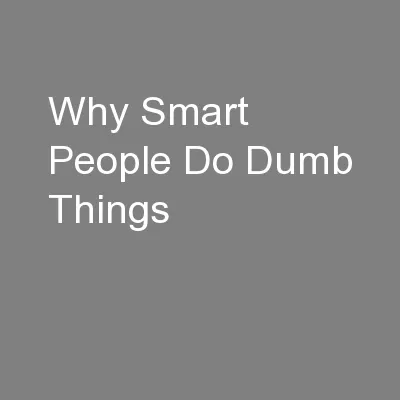
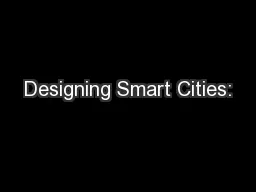

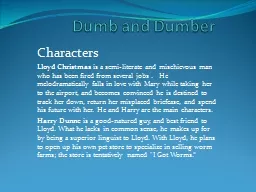
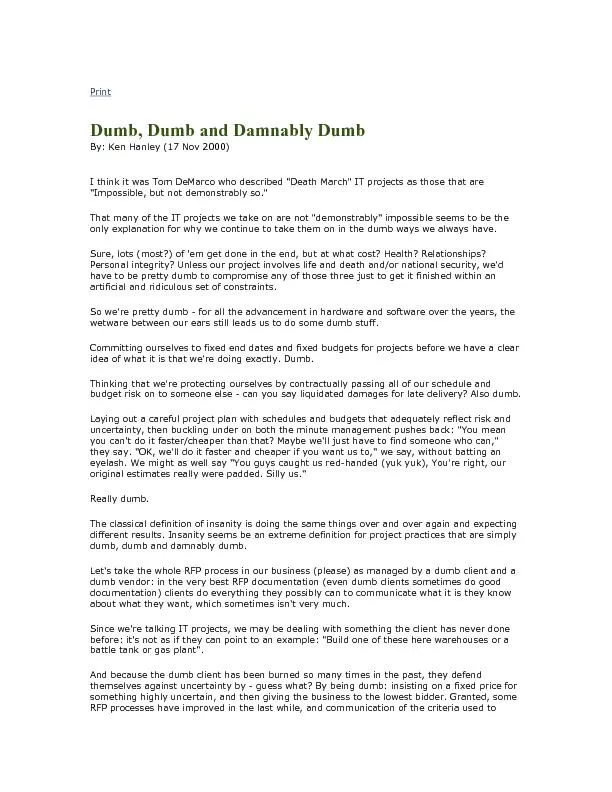
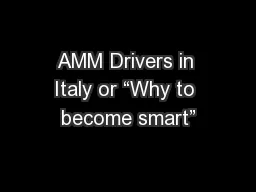
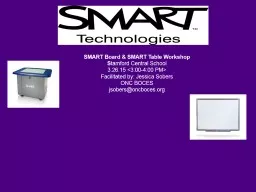

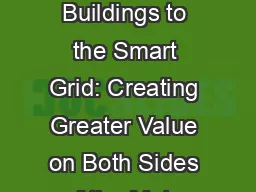

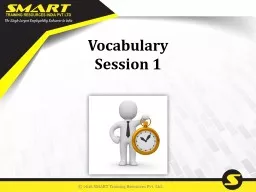
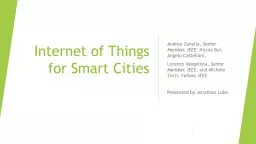
![[DOWNLOAD] - 7 Dumb Things We All Say: Smart Ways to Improve Every Relationship](https://thumbs.docslides.com/882096/download-7-dumb-things-we-all-say-smart-ways-to-improve-every-relationship.jpg)
